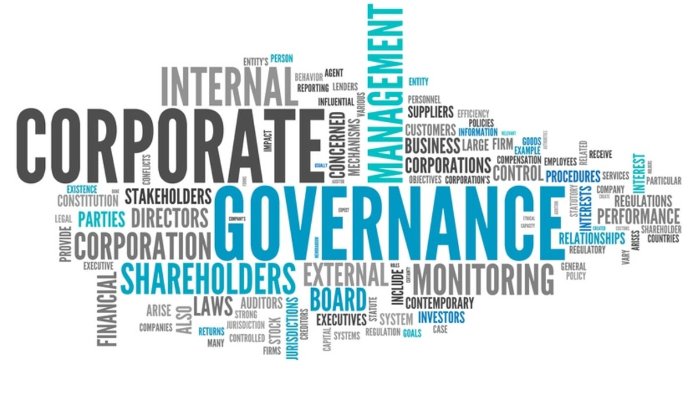
Successful integration and effective management of sustainability at a company requires having committed leadership, clear direction, and strategic influence—and none of this will happen without a robust governance structure. Sustainability governance helps a company implement sustainability strategy across the business, manage goal-setting and reporting processes, strengthen relations with external stakeholders, and ensure overall accountability.
How and where sustainability fits into the overall corporate structure can be very revealing of a company’s direction and priorities. It’s important to keep in mind that there is no cookie-cutter structure that can be applied; every company must tailor its approach for what makes most sense given its business model, structure, resources, and level of sustainability integration into the business.
Based on my experiences of more than 20 years in sustainability, here are four considerations to keep in mind when building effective governance structures:
- Commitment begins at the top. Reporting to the CEO or other Top Management leadership is necessary for the implementation of the sustainability policy. Without clear commitment of top management, implementation shouldn’t start.
- Accountability must be established and communicated clearly. Accountability helps ensure that sustainability is integrated with other business goals. Including sustainability performance into the company’s annual goals and employee performance review and compensation processes may be helpful mechanisms.
- Alignment between the structure and the business is imperative. Sustainability governance structures that align with and complement the existing business model and organizational structures can be more successful than creating redundant or competing structures.
- Flexibility to adapt and build up on the sustainability program across business units and regions can advance the sustainability agenda. Allowing for some adaptation can help ensure the sustainability program’s relevance to a business unit’s own strategies or region’s local conditions. It also can generate employee engagement.
With these considerations in mind, below are examples of best practices in forming sustainability governance structures:

- Head of Sustainability: Having a dedicated “head” is necessary to ensure there is focus on driving sustainability strategy and advancing the company’s program—it can also signal the company’s commitment. A majority of top global corporations in the food and beverage sector have dedicated sustainability leaders with varying levels and titles, like Chief Sustainability Officer. These people can be the internal and external “face” for sustainability for the company.
- Formal Board Committee: Sustainability oversight by the board of directors increasingly is integrated across several formal board committees, but also can be accomplished through a dedicated committee. Board committees can be an important vehicle for educating the board on sustainability issues and helping demonstrate corporate commitment to sustainability at the highest levels. Companies that have boards that review and monitor various aspects of their CSR programs include Unilever, which has a dedicated Management structures for Sustainability
- Cross-Functional Executive Sustainability Committee: Below the board level, having a cross-functional executive committee that engages leadership across business units, regions, and functions provides further oversight and strategic guidance. It also mobilizes employees to implement strategies. The functions involved can vary, but may include risk management, supply chain, operations and facilities, marketing, public affairs and communications, human resources, environmental health and safety, and investor relations. For example, FrieslandCampina has a Sustainability Board led by the vice-chairman and composed of senior leaders across the company.
- Sustainability Teams: Having a core team can help coordinate daily activities and implement companywide initiatives. While a dedicated team is very common, it’s important for it not be siloed, but rather integrated and engaged with business units and functions.
- Sustainability Supporting Structures: Working groups or committees, which may have a dotted-line reporting relationship to the head of sustainability, can assist integration of strategy and goals by supporting and even substituting sustainability teams. Individuals in these support structures may be the “owners” of priority sustainability topics and are responsible for implementing strategies, tracking performance, and engaging employees. Representatives may come from real estate and facilities, communications, human resources, risk management, supply chain, and other groups.
- External Advisory Councils: While external advisory councils may not officially be part of the governance structure, they can serve as a valuable mechanism to advance the company’s agenda and get outside perspective on a variety of sustainability issues. Some companies have a Sustainability External Advisory Council composed of global thought leaders from various organizations, such as environmental NGOs, academia, businesses, and governments.
Developing sustainability governance structures may take time, but it can help ensure successful management of sustainability issues at your company.
